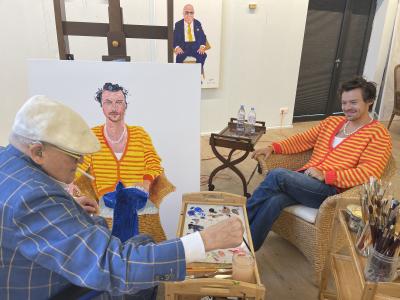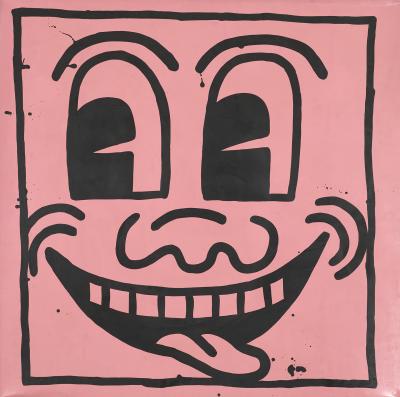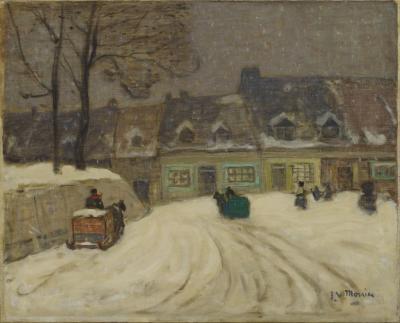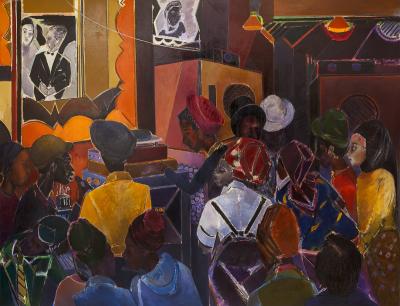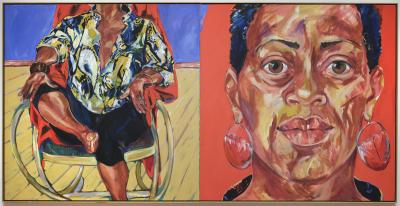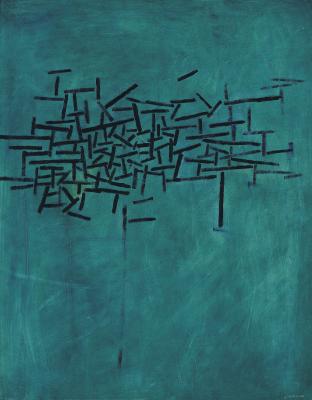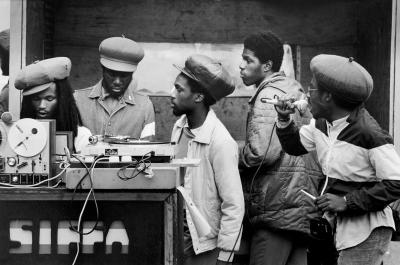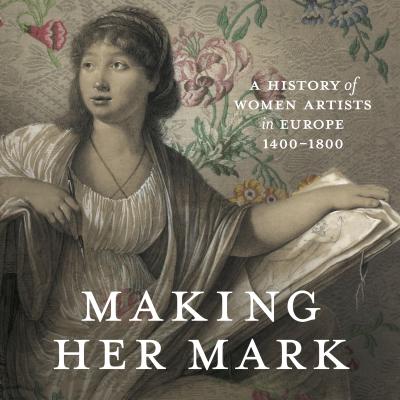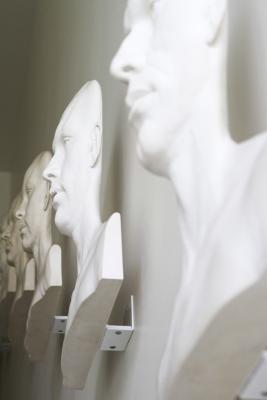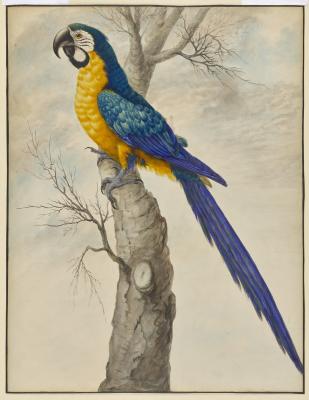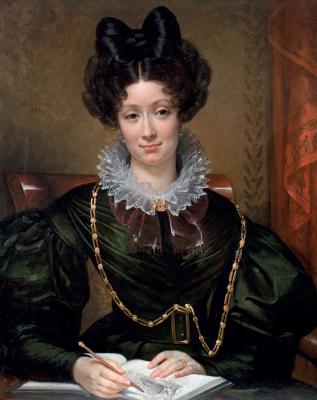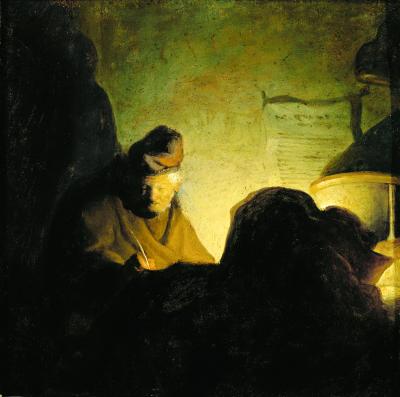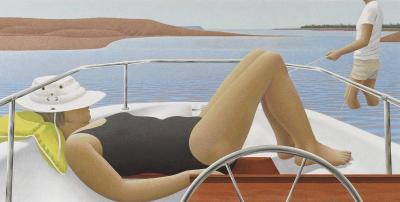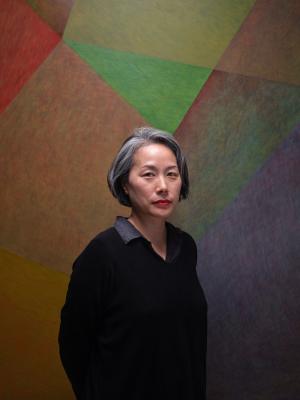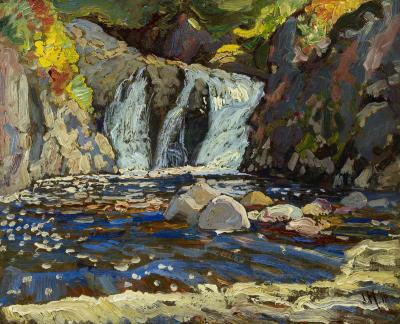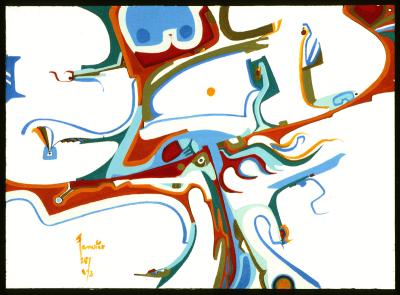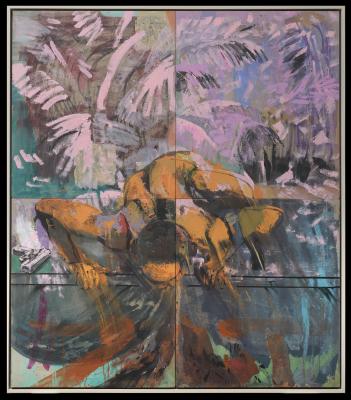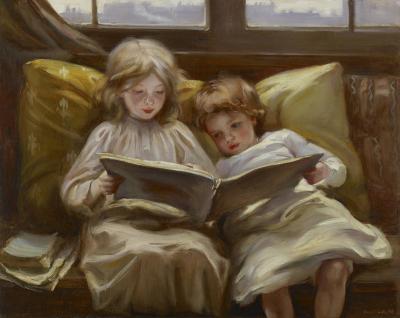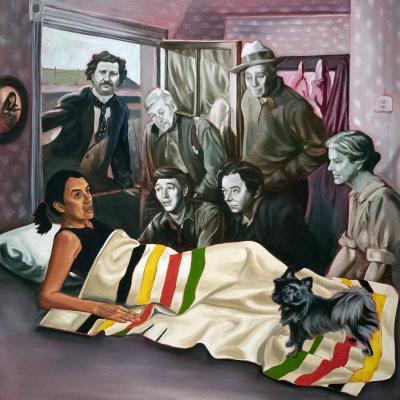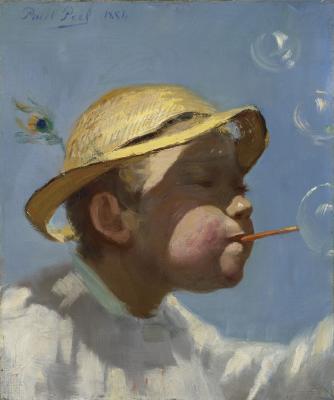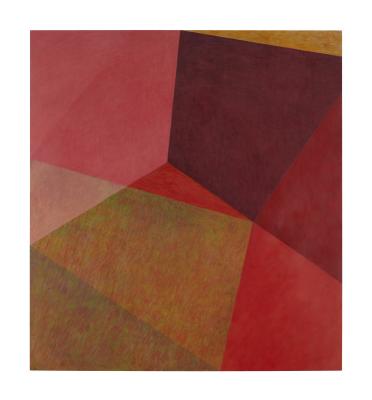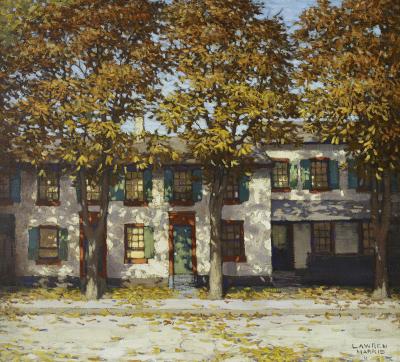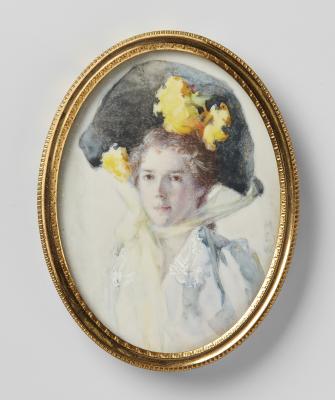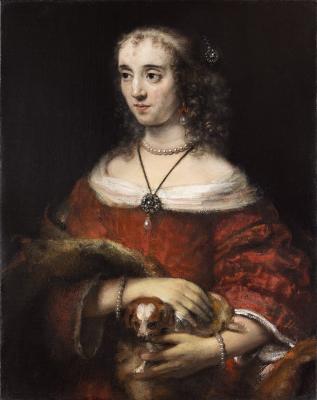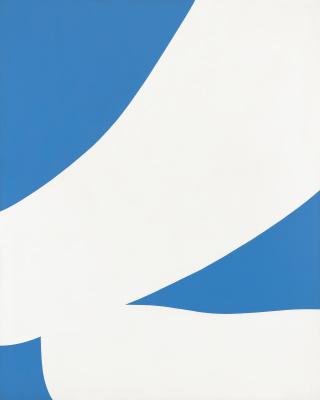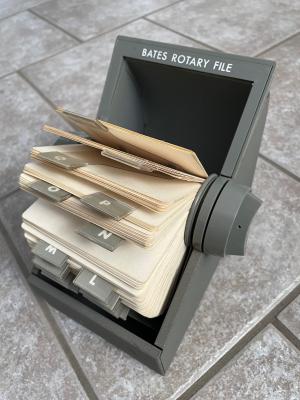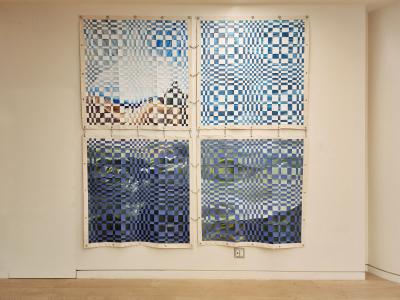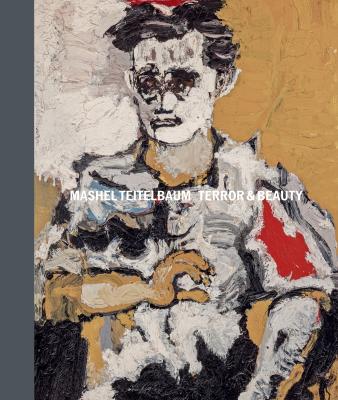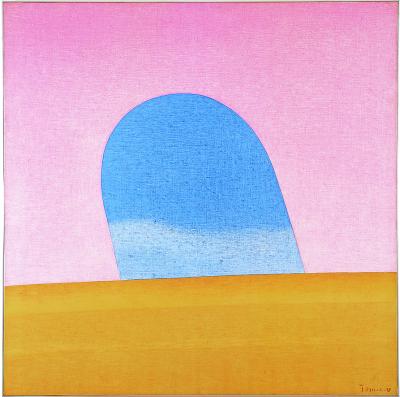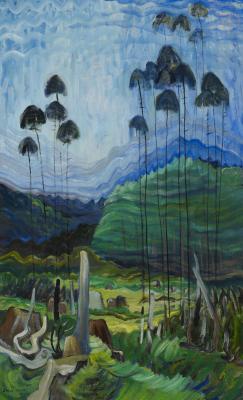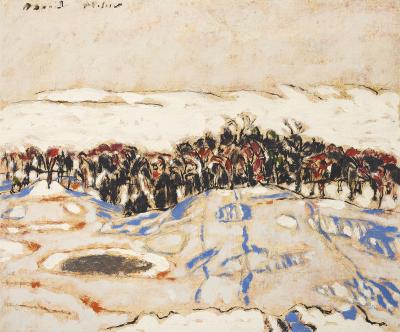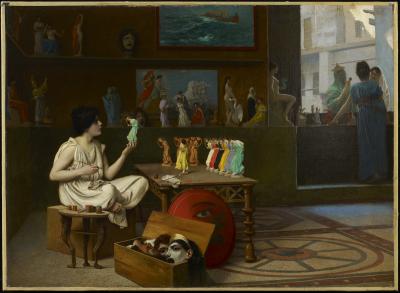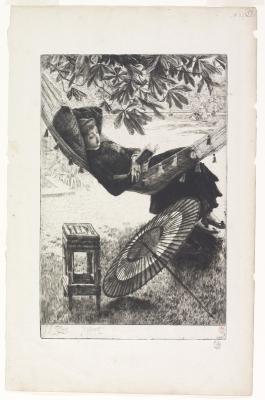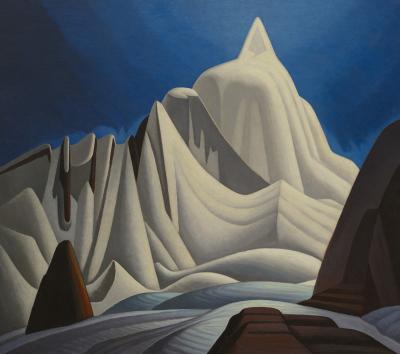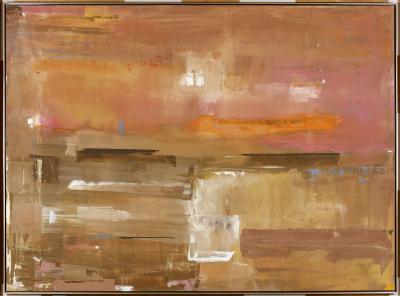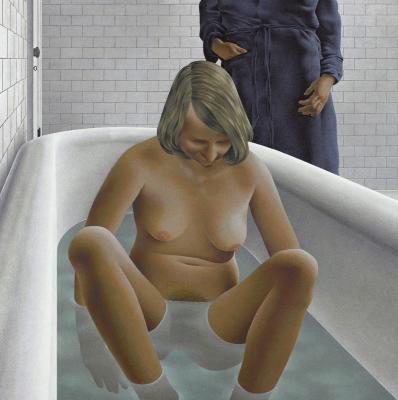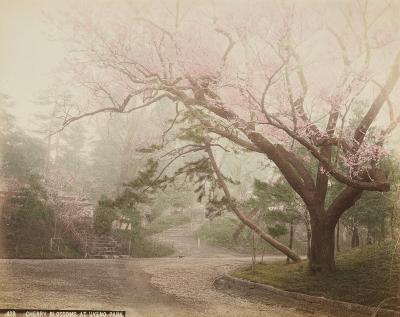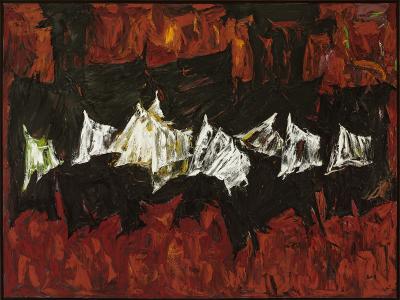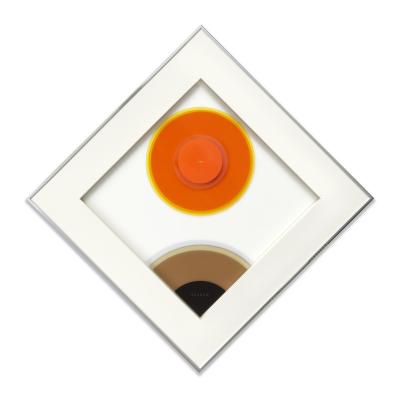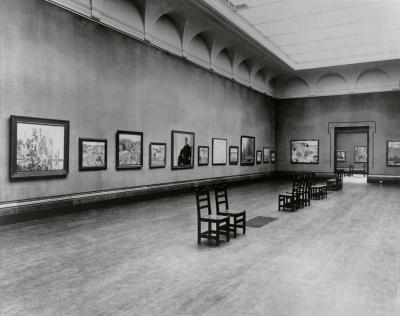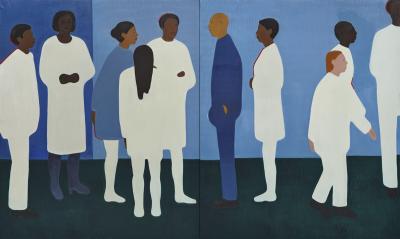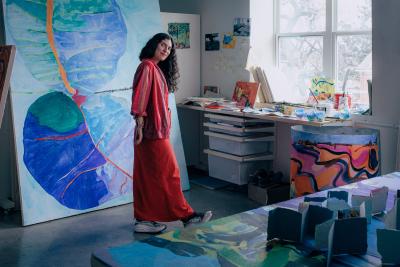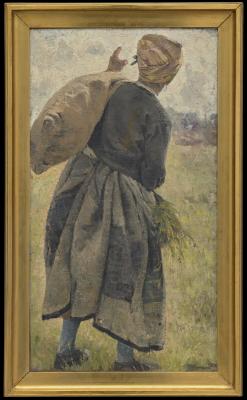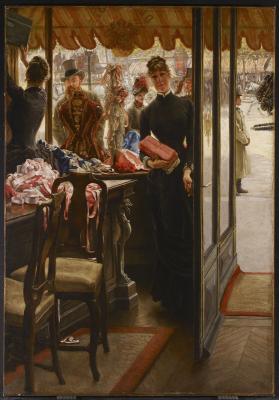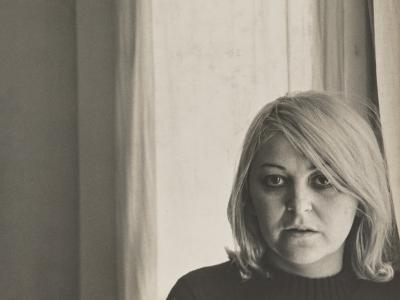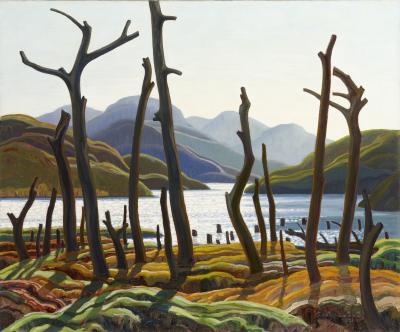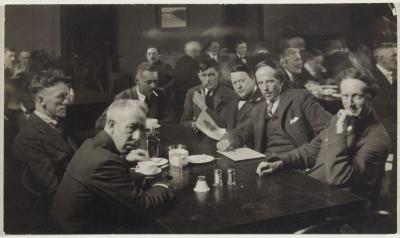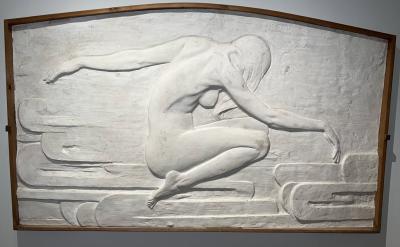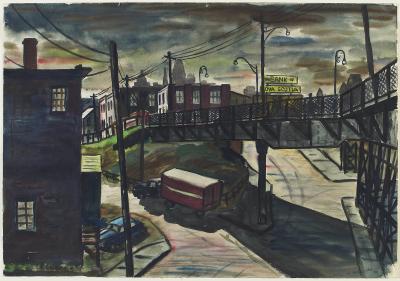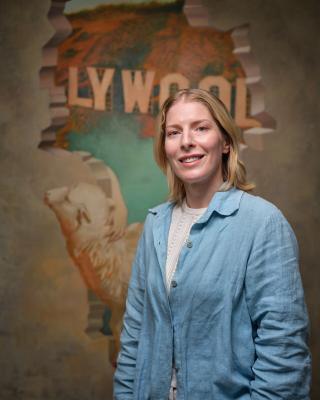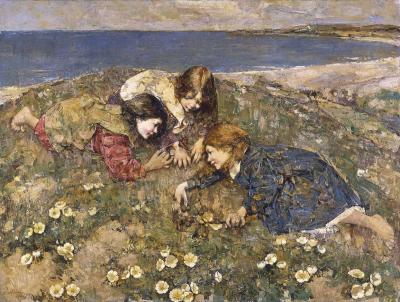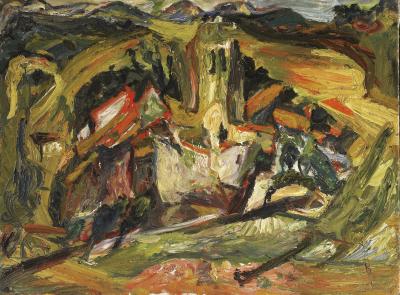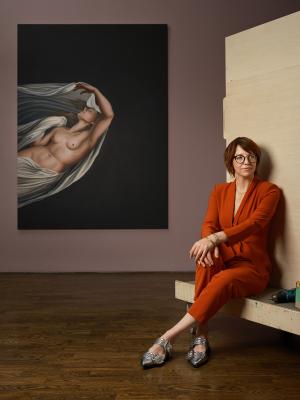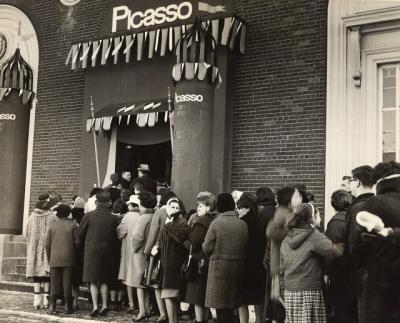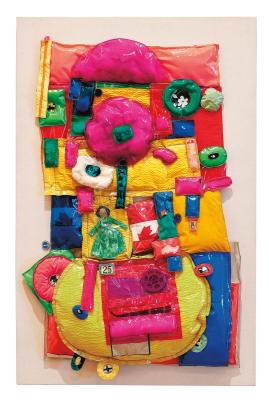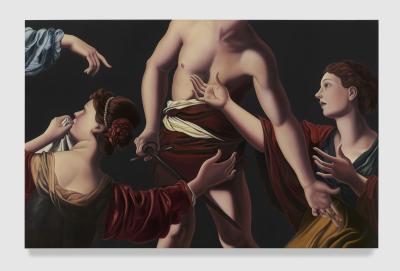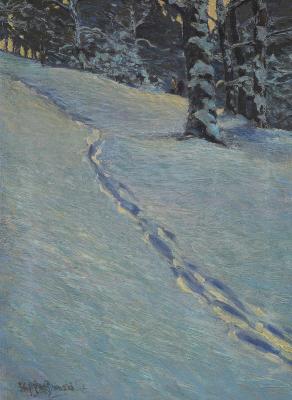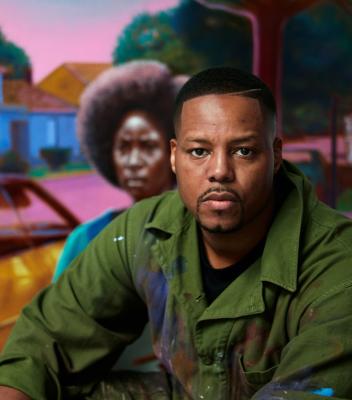Stitch, Paint, Film, Stuff: Joyce Wieland’s Art
From film to textiles and plastics, Wieland boldly created art across media
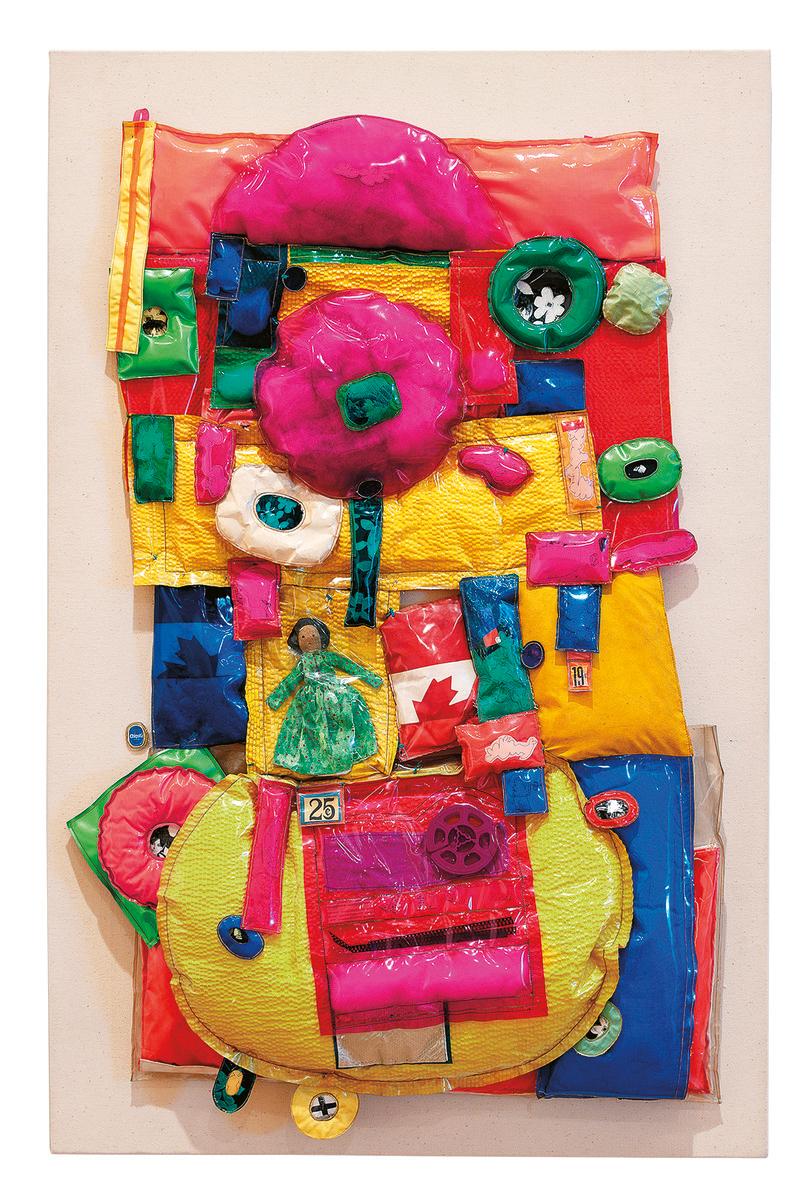
Joyce Wieland. Puerco de Navidad, 1967. Plastic, thread, found objects, paper batting, 106.7 x 68.6 cm. The Mendel Art Gallery Collection at the Remai Modern. Purchased with funds from the Canada Council Special Purchase Assistance Program 1989. 1989.27. © National Gallery of Canada, Ottawa. Photo: Remai Modern. Troy Mamer
Throughout her career, Joyce Wieland (1930 - 1998) translated her playful and poetic artistry across a diverse range of media – textiles, painting, sculpture, film, and plastic.
Growing up in poverty, Wieland developed an entrepreneurial spirit that fueled her creativity. She made art from whatever materials were at hand, whether discarded wooden boxes from the local cheese store in lower Manhattan or creating films from her kitchen table. United by Wieland’s exploration of topics such as social equity, ecological crisis, and nationhood, her works across media exist in a dialogue, inspiring and feeding off one another.
Joyce Wieland: Heart On, on view now at the AGO, presents the special opportunity to experience the synergy of Wieland’s artistry. Curated by Georgiana Uhlyarik, Fredrik S. Eaton Curator of Canadian Art at the AGO and Anne Grace, Curator of Modern Art at the Montreal Museum of Fine Arts (MMFA), Heart On is the first exhibition to show Wieland’s visual arts practice alongside her experimental films, aiming to emphasize the breadth of her work. Whatever the medium was, Wieland created art for almost the entirety of her life. Heart On is the first retrospective of Wieland’s prolific career in almost 40 years.
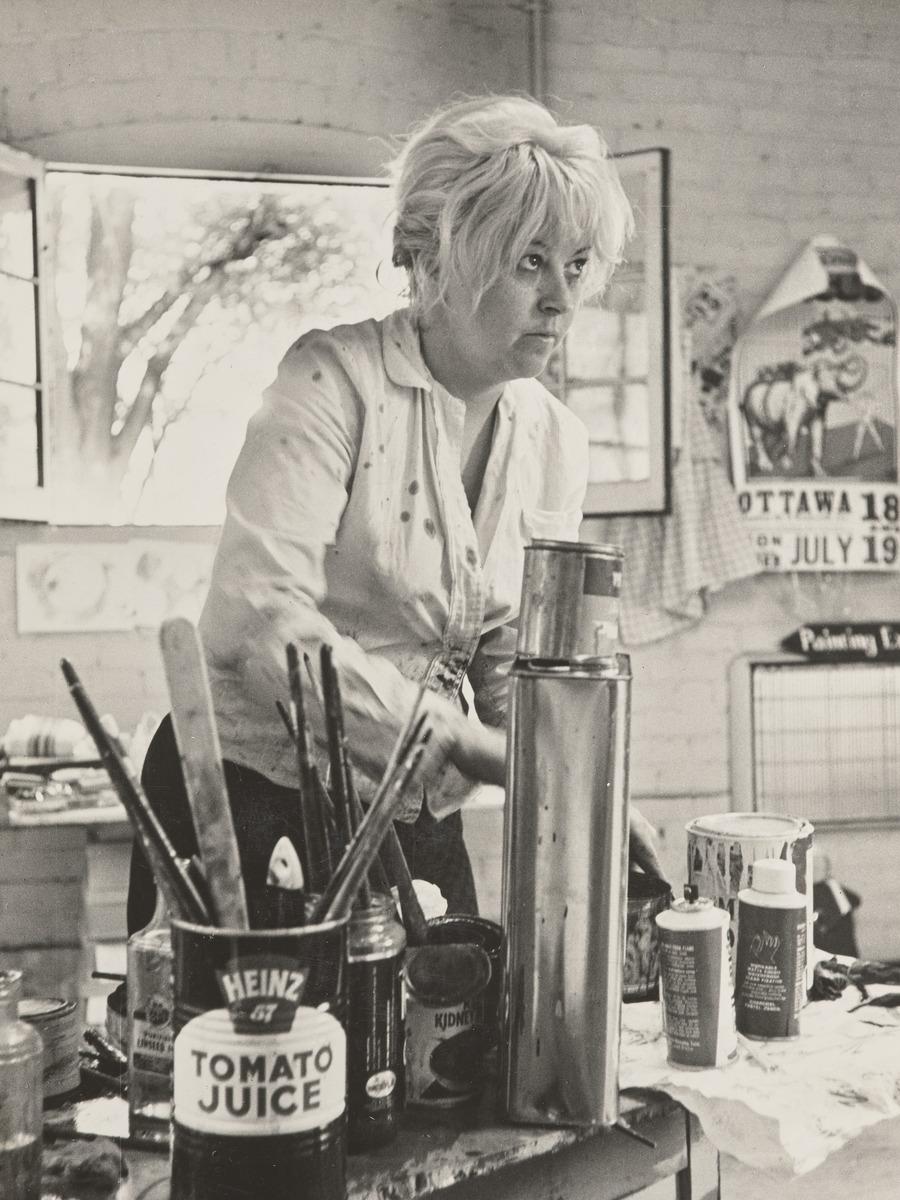
Michel Thomas Henry Lambeth. Joyce Wieland, Toronto (in her studio) (detail), 1962. Gelatin silver print, Overall: 33.7 x 25.5 cm. Art Gallery of Ontario. Gift of Av Isaacs, Toronto, 1994. © Estate of Michel Lambeth. 94/445
In honour of Wieland’s exploration of materials, the AGO is hosting a diverse range of programming for Heart On. Throughout this fall, the AGO will also be hosting numerous craft workshops inspired by Heart On, including a family stitching workshop on October 4. On Friday, September 26, theatre luminaries Tanja Jacobs and Kristen Thomson will perform A Fairytale for Joyce, an improvised performance imagining how Wieland would experience her own exhibition.
Learn more about the different ways Wieland made art and where they’re on view in Heart On.
Film

Joyce Wieland. Rat Life and Diet in North America, 1973. 16 mm colour film, with optical sound., Running Time: 16 Minutes © Cinémathèque Québécoise.
Wieland is widely renowned for her work as a filmmaker. Her interest in film grew out of her time working at Graphic Associate Film Production LTD as a cel painter in the 1950s. Alongside her then-husband, Michael Snow (1928-2023), and colleagues from work, Wieland began creating films in her spare time. She increasingly became involved with the medium after she and Snow moved to New York in the 1960s, where she created the bulk of her experimental films and established herself as an avant-garde filmmaker. Even during her time in New York, Wieland influentially impacted Toronto film culture, navigating what was a male-dominated field to create an aesthetic that would inspire future filmmakers.
Wieland created 18 experimental films during her career, five of which are on view at the AGO as part of Heart On. Much like her artistic practice, Wieland’s experimental films are conceived through a feminist and ecological lens. The materiality of filmmaking often inspired how Wieland approached working with other materials.
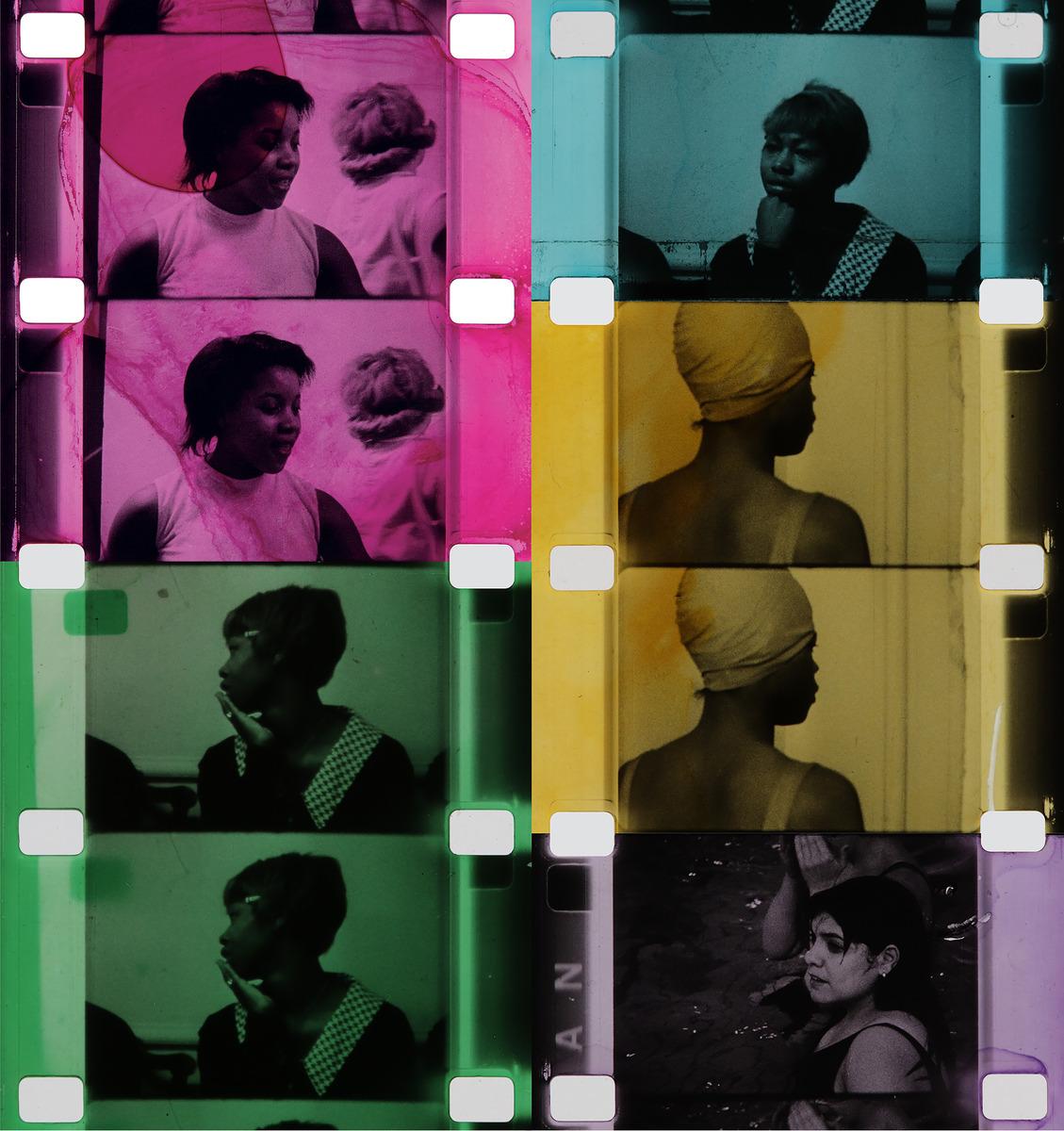
Joyce Wieland, Handtinting (film print), 1967. Film, 16mm, colour, silent, 6 min. Joyce Wieland Fonds, © Cinémathèque québécoise. Photo: Stéphanie Côté
On view in Heart On, Handtinting (1967) uses repurposed footage from a training film for Xerox that Wieland was hired to create. The project was abandoned, but Wieland was allowed to keep the footage she filmed at a retraining session in West Virginia. Handtinting silently portrays young women, both Black and white, dancing, swimming and socializing with each other on their breaks from training. Wieland manipulated the physical film, hand-tinting it with dye and perforating it with quilting needles. In Wieland’s words, both the “editing and the girls are the subject of Handtinting. The editing and the so-called subject matter are equal.”
Also on view as part of Heart On is Sailboat (1967), which features a sailboat crossing a body of water, Water Sark (1965), excerpts from Pierre Vallières (1972), and Rat Life and Diet in North America (1968), which tells a tale of rats returning to Canada. Rat Life and Diet in North America is on view outside the main exhibition space on Level 2 of the AGO in the J.S. McLean Centre for Indigenous + Canadian Art.
In October through November, Jigs and Reels: The Complete Films of Joyce Wieland will be screening at Innis Town Hall and the TIFF Lightbox. This film series includes The Far Shore, Wieland’s only narrative feature film, which imagines a melodramatic romance between a painter (inspired by Tom Thomson (1877-1917)) and the fictional female character Eulalie de Chicoutimi. The Poster for The Far Shore, which Wieland drew herself using pencil crayons, is on view in Heart On.
Painting
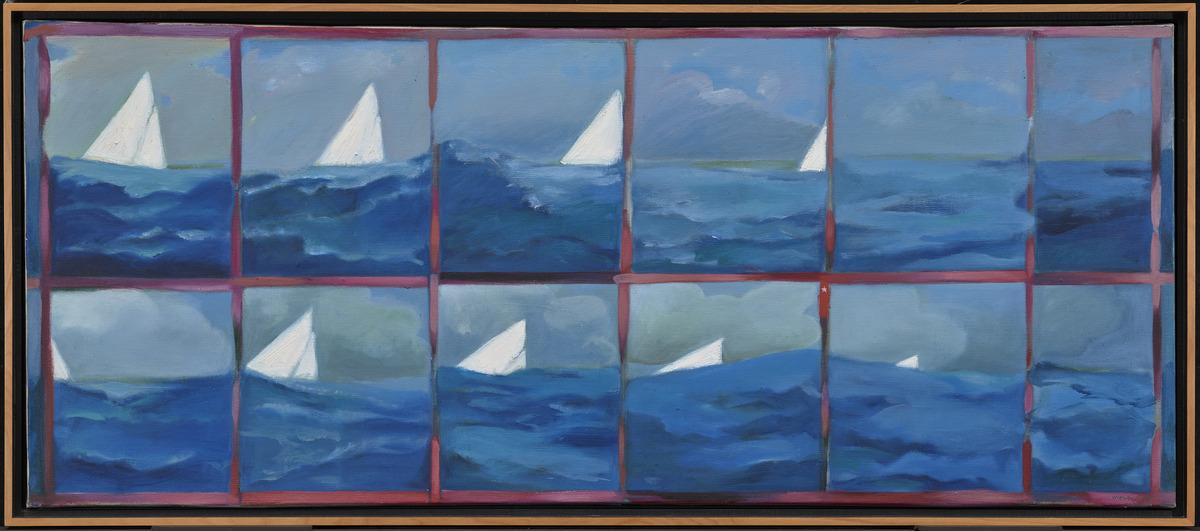
Joyce Wieland. Boat Tragedy, 1964. Oil on canvas, 50.2 x 121.9 cm. Art Gallery of Ontario. Gift from the Toronto Dominion Bank, 1965. © Art Gallery of Ontario. 64/23
Many of Wieland’s early works were drawings and paintings she created from her kitchen table. In 1960, Wieland was temporarily allowed to use a friend’s coach house as a studio, where she created large-scale paintings that led to her gaining institutional recognition.
In the mid-1960s, Wieland began creating “filmic paintings” which follow a format comparable to a film strip or storyboard. On view in Heart On is a series of sailboat filmic paintings – including Boat Tragedy (1964) and Sailing Scene (1963) – which were inspired by Wieland’s time at The Ships Museum, a tiny museum in downtown New York. These paintings depict various types of boats, from sailboats to liners, slowly sinking frame by frame. Sinking boats and crashing planes became a motif in Wieland’s work during this period. On view alongside this series of filmic paintings is Wieland’s film Sailboat, which was inspired by these paintings.
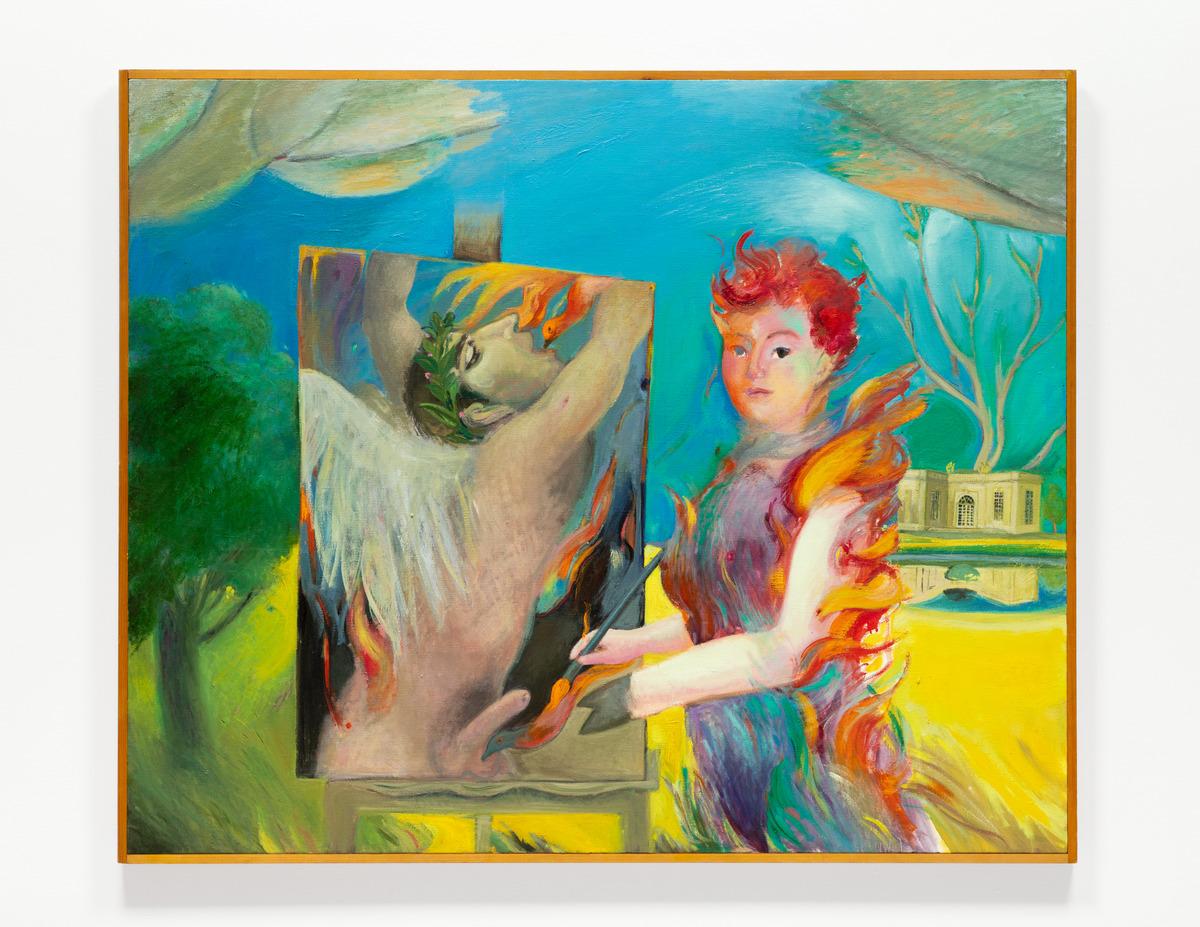
Joyce Wieland. Artist on Fire, 1983. Oil on canvas, 107.2 x 130 cm. Collection of The Robert McLaughlin Gallery, Purchase, 1984 © National Gallery of Canada, Ottawa.
Wieland took a 15-year hiatus from painting, returning to the medium in the 1980s. On view in the Experiment with Life section of Heart On are some of the last paintings Wieland created before succumbing to Alzheimer's. Colourful, romantic, and often featuring Wieland herself, these paintings explore an eternal battle between the forces of creation and destruction.
Textiles
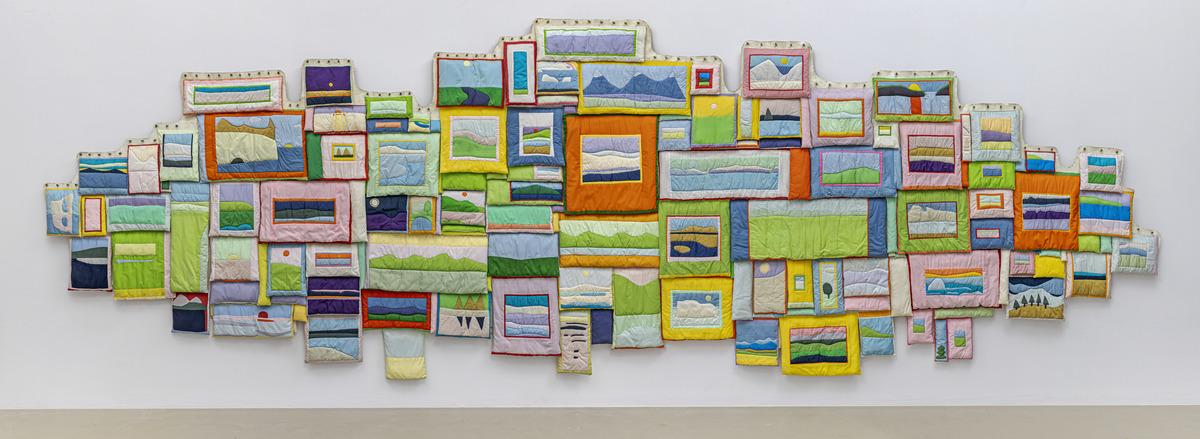
Joyce Wieland. 109 Views, 1970. Quilted cloth assemblage, 243.9 x 786.1cm. Collection of the Joan and Martin Goldfarb Gallery of York University. © National Gallery of Canada, Ottawa.
Wieland engaged with textiles as a deliberate choice to incorporate “women’s work” into her practice. As is evident throughout Heart On, Wieland had an affinity for creating quilts, a way to both honour her mother and older sister, Joan Stewart, who quilted throughout her childhood, and to acknowledge women’s crafting as an art form. Textiles were a vehicle for Wieland to navigate New York’s male-dominated art scene. As she shared in an interview from 1972, “There was a highly competitive scene with men artists going on there. It polarized my view of life; it made me go right into the whole feminine thing.”
On view in the Richard Rooney and Laura Dinner Gallery (gallery 509) are two of Wieland’s very first quilts: Film Mandela (1966) and The Camera’s Eyes (1966). These works are an homage to Wieland’s work as a filmmaker, depicting double spools of an 8mm camera and a film projection reel. To make these quilts, Wieland enlisted the help of her sister. She designed the quilts, cut out and pinned the fabrics, and then sent the design across the border to Stewart in Desboro, Ontario, who finished the quilt. Stewart continued to work with Wieland on many of the quilts on view in Heart On.
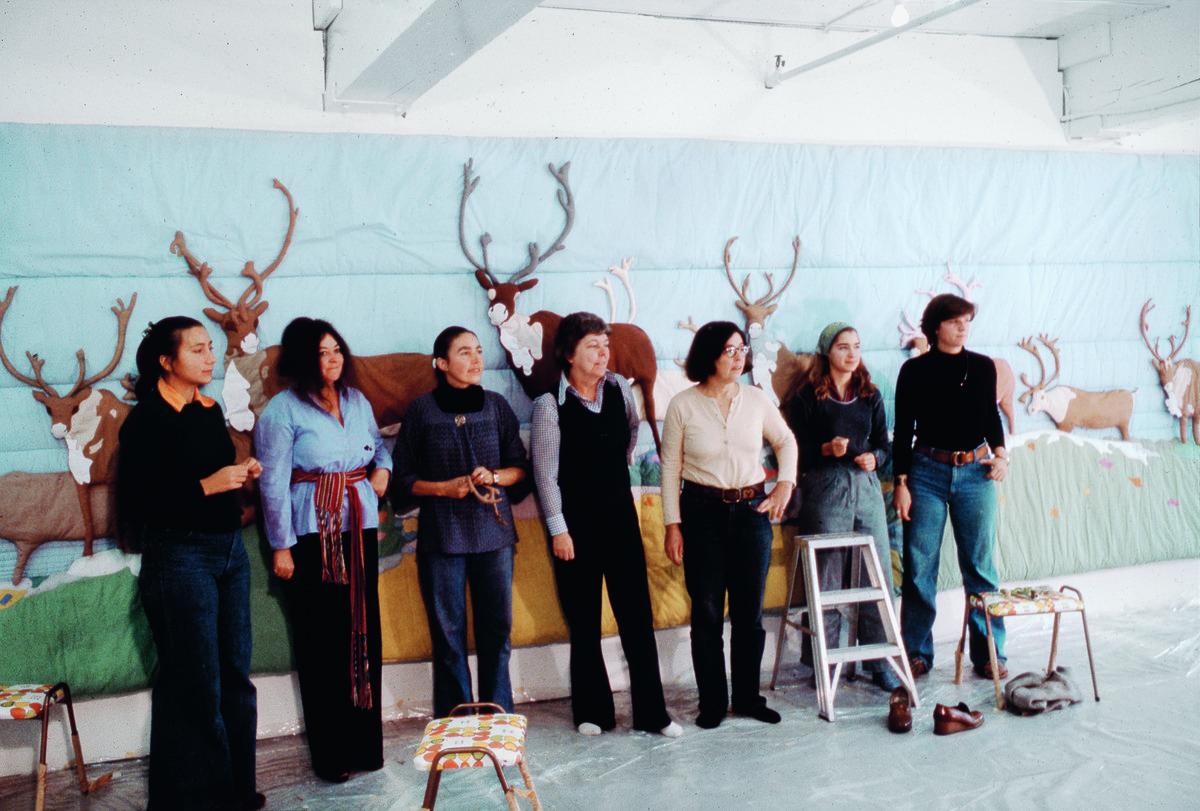
Group photo of quilters and assistants in front of Barren Ground Caribou in Charles Pacheter’s studio on Ryerson Avenue, Toronto. Joyce Wieland (second from the left), Joan Stewart (centre), Sara Bowser (white sweater), 1977. Avrom Isaacs fonds, ASC05199, York University Libraries, Clara Thomas Archives and Special Collections
Wieland used quilts to express her political concerns; the pillowy and colourful nature of these works contrasts the serious messages she expressed. Subtly embroidered in the centre of I love Canada – J’aime Canada (1970) is the message “Death to U.S. Technological Imperialism,” in both English and French, the message embroidered in delicate cursive writing. In The Water Quilt (1970 - 1971), Wieland had Stewart embroider 64 flowers, each one a rebuttal to the commonly held belief that the Arctic is barren. Under each embroidered flap, Wieland placed a page from The Energy Poker Game: The Politics of Continental Resources Deal (1970) by James Laxer, who writes about the threat of the United States extracting and depleting Canada’s resources. Wieland’s largest quilt, Barren Ground Caribou (1977–1978), is similarly an homage to the Arctic and is on view as part of an exhibition for the very first time.
Plastics
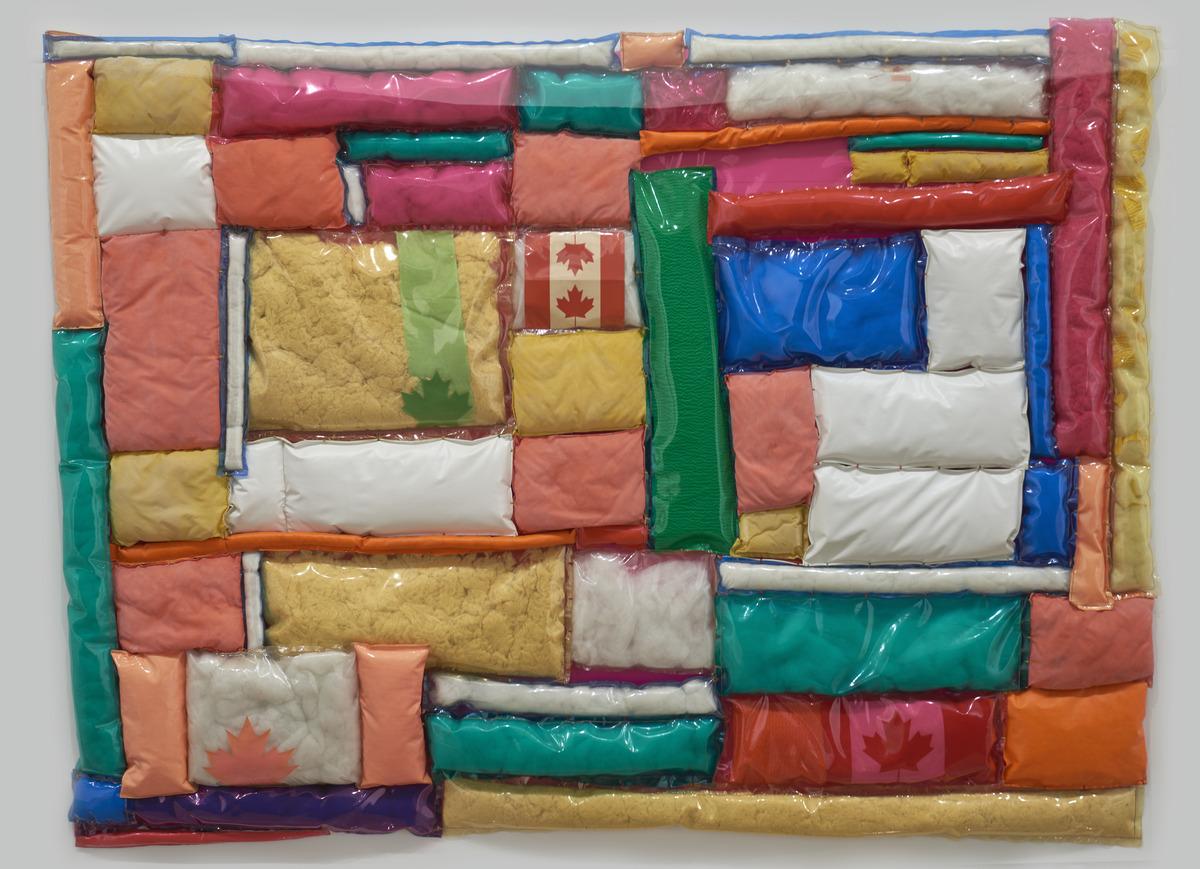
Joyce Wieland. Confedspread, 1967. Plastic and cloth, 146.2 x 200.4 cm. National Gallery of Canada, purchased 1968. © National Gallery of Canada, Ottawa.
Wieland began working with plastic as a medium at the height of its popularity in the late 1960s. She created 15 plastic assemblages using polyvinyl chloride (PVC), working with the material despite being aware of its carcinogenic effects.
Wieland translated quilting techniques to her plastic works, stitching plastic units together and filling them with quilting batting alongside found objects. Intersecting craft with this readily manufactured material, Wieland’s plastic works challenge consumerist mass production and continue foregrounding women’s work. Confedspread (1967) epitomizes this connection; the title of this work is a combination of the words “confederation” and “bedspread.” In this large-scale plastic quilt, Wieland inserts the maple leaf symbol into plastic sections, weaving together Canadian politics and women’s craft.
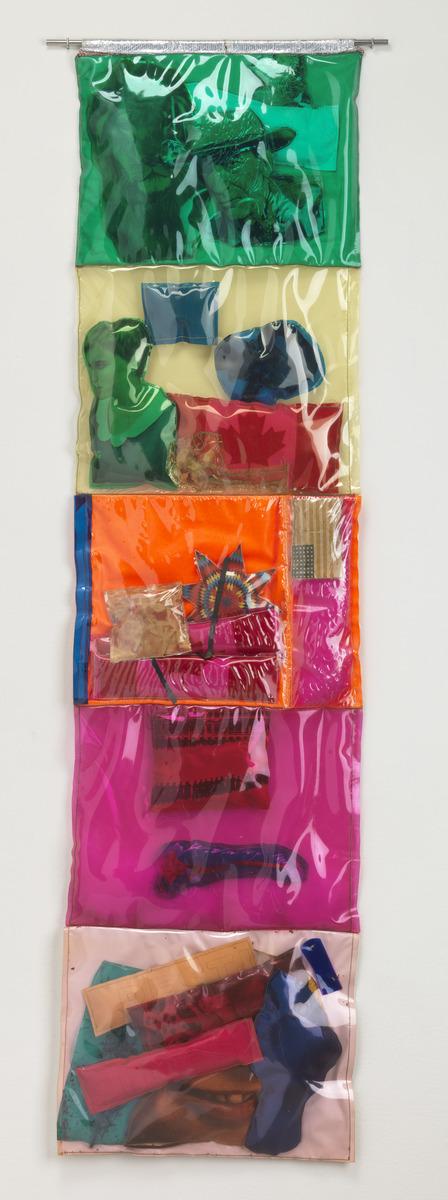
Joyce Wieland. Stuffed Movie,1966. Vinyl, paper, cotton, textile, plant material, thread, 142.2 x 36.9 x 3 cm. Collection of the Vancouver Art Gallery, Murrin Estate Funds © National Gallery of Canada, Ottawa. Photo: Vancouver Art Gallery, Ian Lefebvre
Much like her filmic paintings, Wieland referenced her filmmaking by creating her plastic works, or “hangings” as she called them, in the format of a filmstrip. Stuffed Movie (1966) is ripe with Wieland’s classic motifs — a mouth, flags, and filmstrips — placed among a variety of found images and even dried plants. This multi-coloured work is a reference to mass media and endless film cycles at a time when televisions were just becoming a standard household appliance.
Wieland’s creativity doesn’t stop at just these mediums – she’s created a perfume, a cake, a sculpture made with living flowers, and even included a duck pond in one of her exhibitions.
Learn more about the range and breadth of Wieland’s practice by visiting Joyce Wieland: Heart On, on view now on Level 5 of the AGO. Join actors Tanja Jacobs and Kristen Thomson in imagining how Wieland would react to seeing Heart On by attending A Fairytale for Joyce, on Friday, September 26. This performance is free with general admission.
The exhibition is curated by Georgiana Uhlyarik, Fredrik S. Eaton Curator of Canadian Art at the AGO and Anne Grace, Curator of Modern Art at the MMFA. It is co-organized by the AGO and MMFA. Learn more about Wieland’s life and art by purchasing the exhibition catalogue at the AGO Shop online and in store.

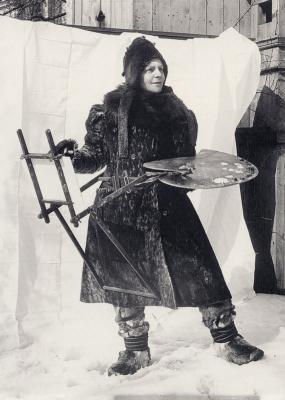
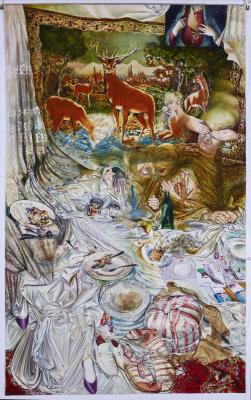

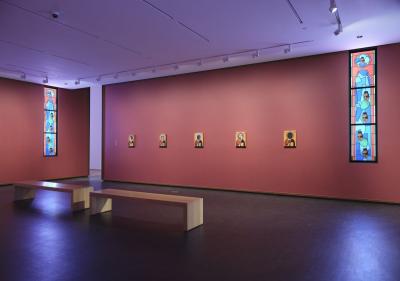
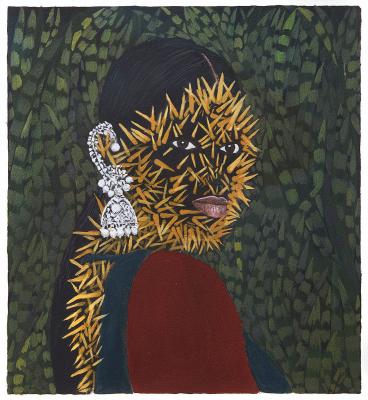

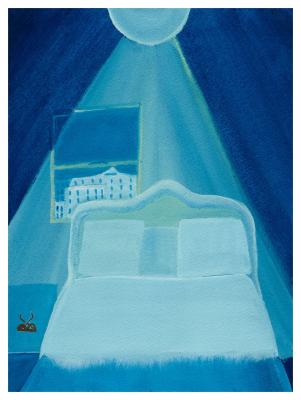
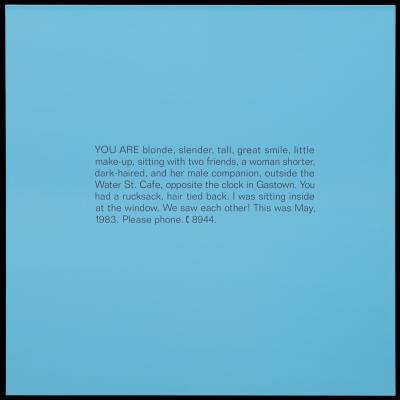
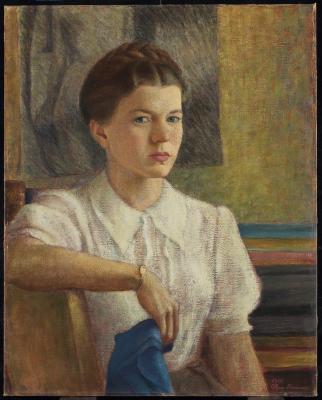
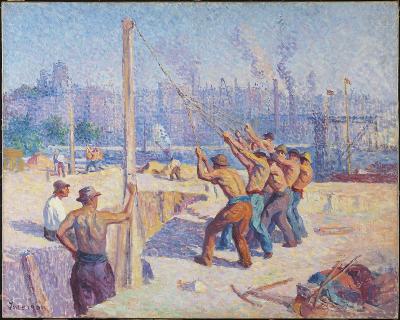

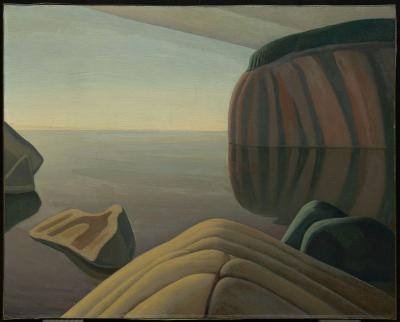

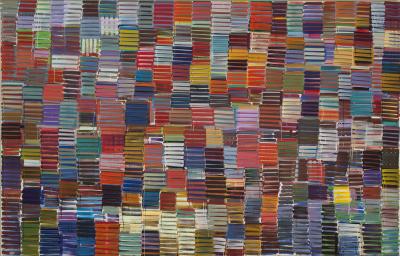
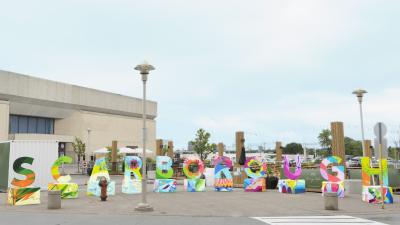
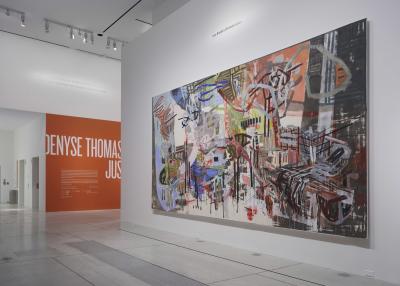
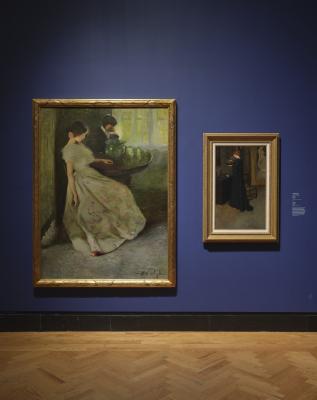
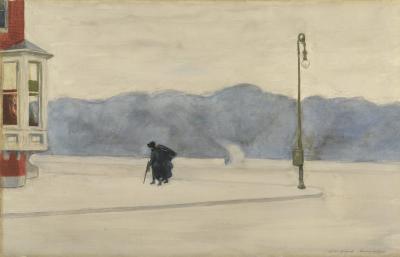
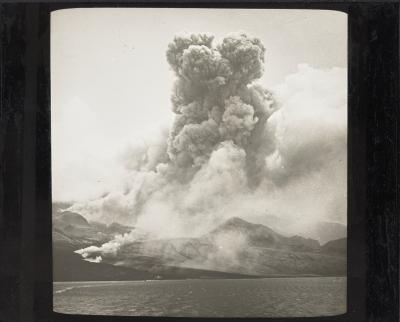
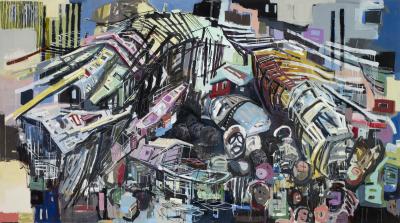
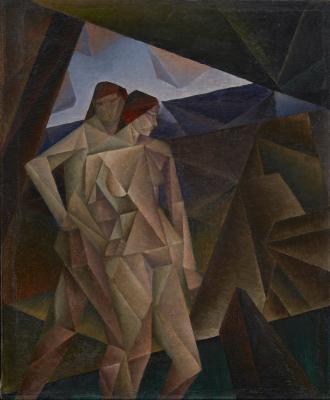
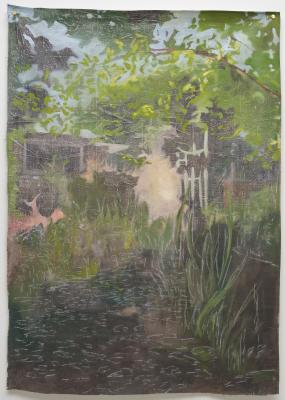
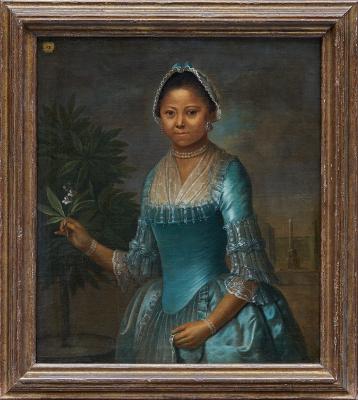
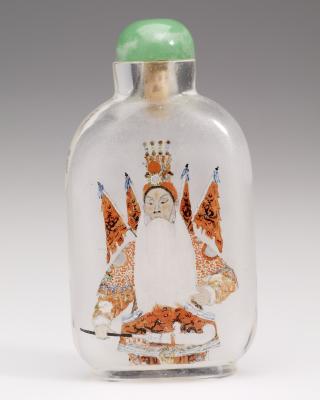
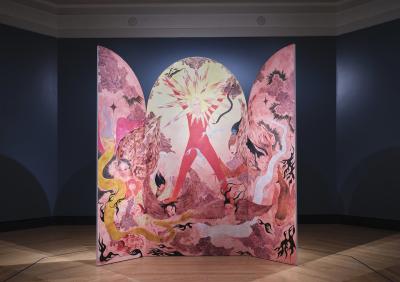
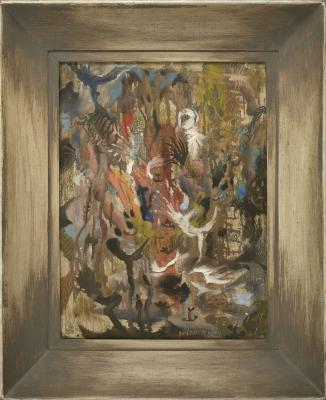
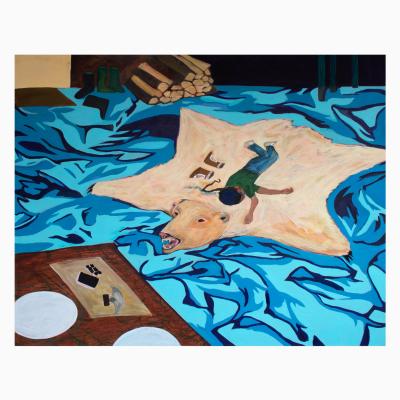
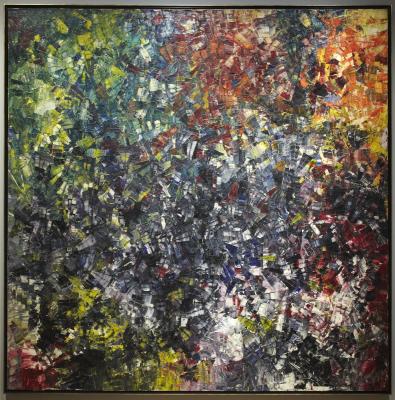
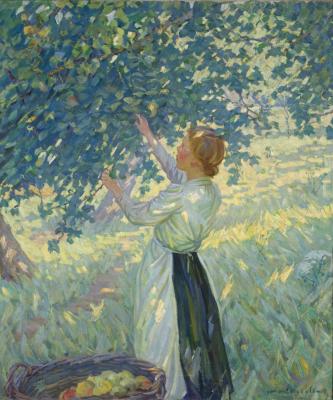
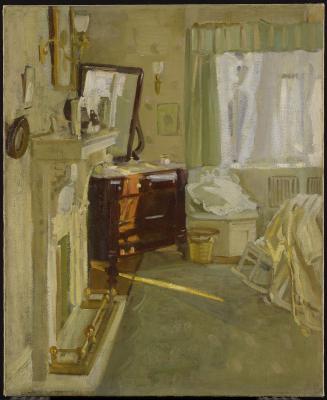
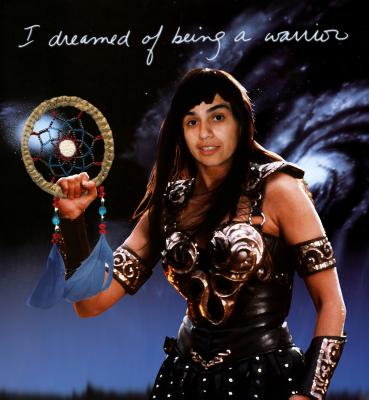

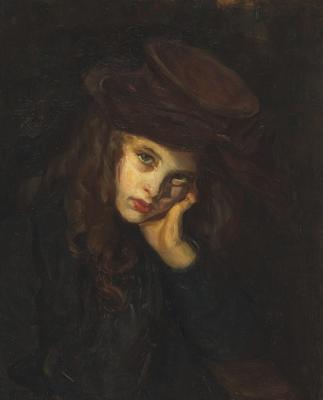
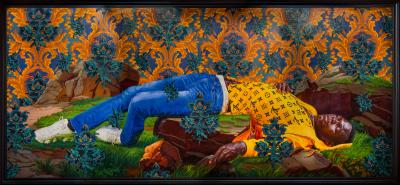
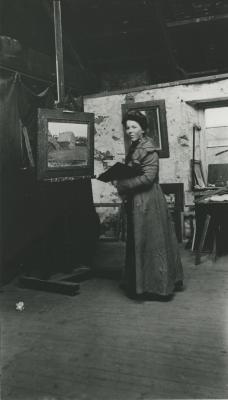
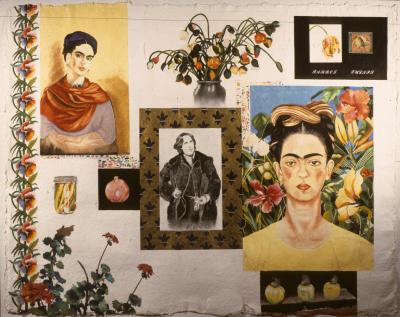
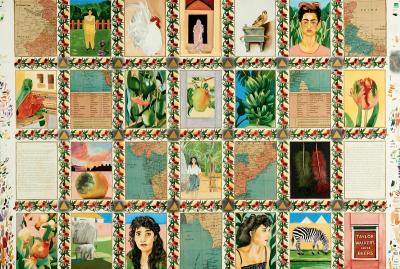
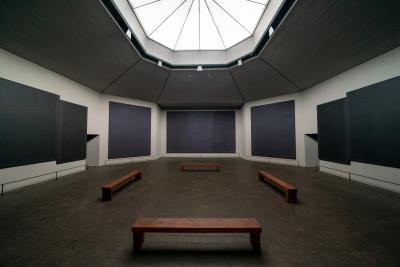
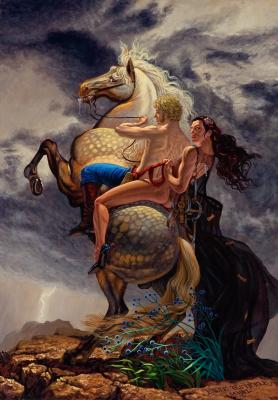
![Keith Haring in a Top Hat [Self-Portrait], (1989)](/sites/default/files/styles/image_small/public/2023-11/KHA-1626_representation_19435_original-Web%20and%20Standard%20PowerPoint.jpg?itok=MJgd2FZP)
